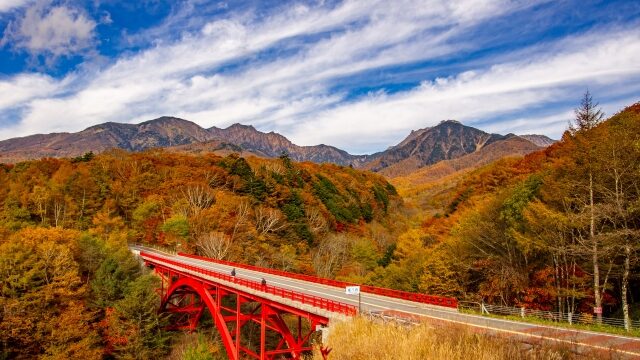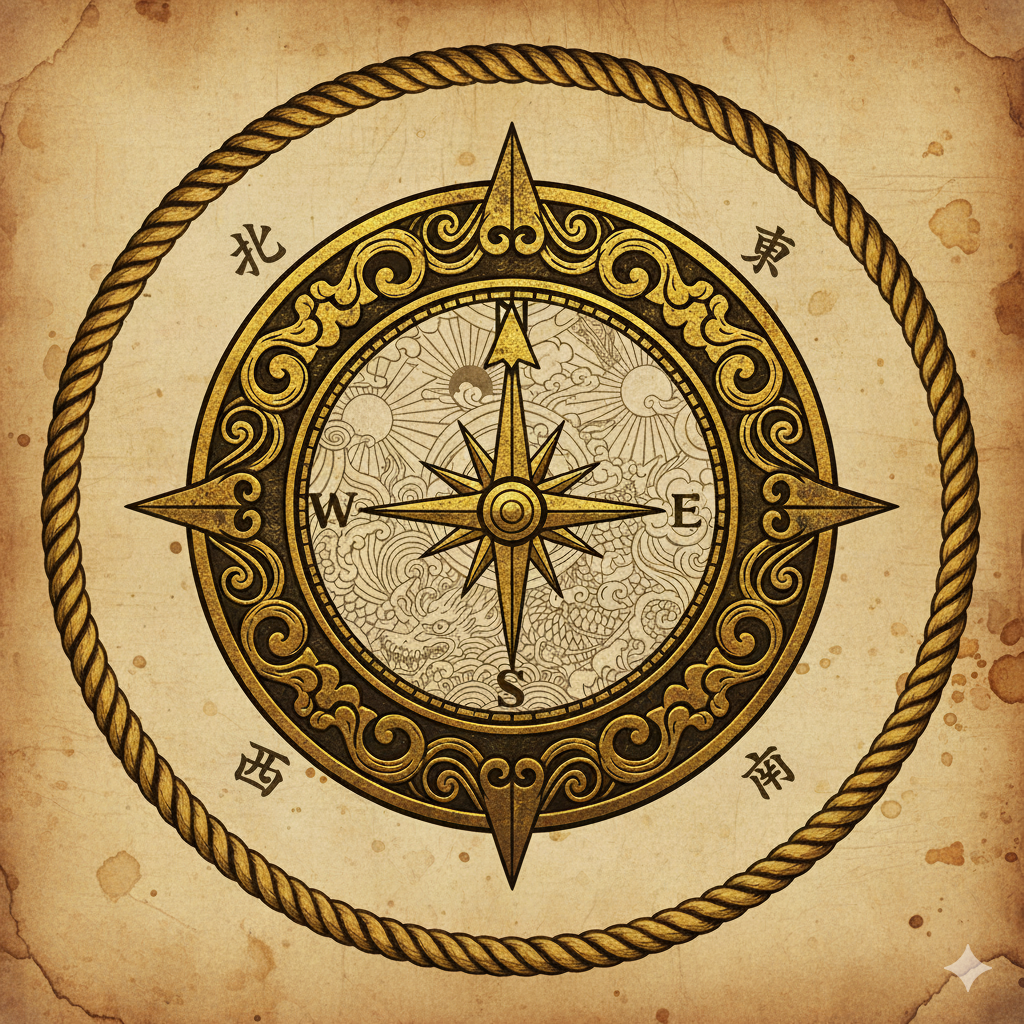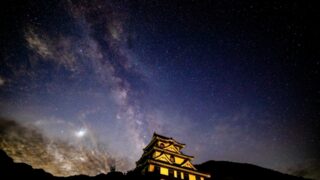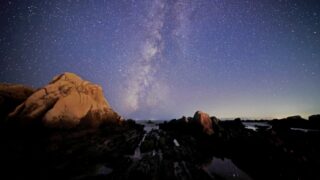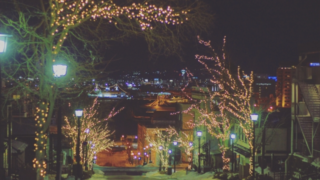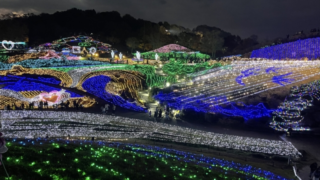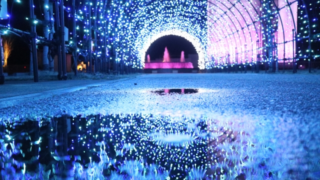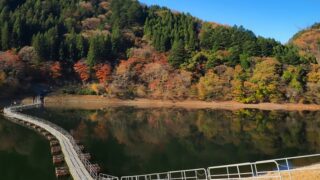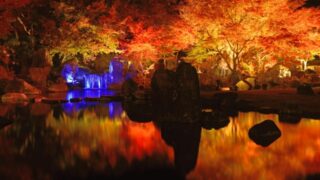Introduction
The Tokai and Hokuriku regions are actually incredibly blessed when it comes to stargazing. With numerous high-altitude mountainous areas and scattered low-population zones, there are plenty of spots where you can enjoy spectacular starry skies without being disturbed by city lights.
From the Tateyama Mountain Range in Toyama Prefecture to the depths of Okumikawa in Aichi Prefecture and the mountainous regions of Mie Prefecture, observation spots with unique charms extend across the area. With a camping car, you can freely chase the stars without worrying about accommodation—it’s the best!
In this article, we’ll introduce in detail the must-see astronomical events of 2026 and major observation sites accessible by camping car. We’ll provide specific information about elevation, access, and observation conditions for each spot, so please use this when planning your actual observations.
Notable Astronomical Events of 2026
【Main Event】March 3: Total Lunar Eclipse
This is the biggest astronomical event of 2026! Don’t miss the total lunar eclipse observable on March 3.
Time Schedule:
- 18:50 Partial eclipse begins
- 20:05~21:03 Totality (approximately 1 hour)
- Mystical moment when the moon turns reddish-brown
The moon will completely enter Earth’s shadow and turn a reddish color, observable nationwide. In the Tokai and Hokuriku regions, the moon will be at a moderate altitude, so observation conditions are perfect. With a camping car, you can arrive the day before and prepare at your leisure—that’s the advantage.
【Best Conditions】December 14: Geminid Meteor Shower
The Geminid meteor shower of 2026 will have the best conditions!
Recommended Points:
- Peak time around 23:00 (easy observation time)
- Lunar age 6, thin crescent moon (almost no moonlight interference)
- 50-80 meteors per hour expected
- Observation time: 21:00 on the 14th to dawn on the 15th
The key is to properly adapt your eyes to darkness. Arrive at the site 30 minutes before starting observation, and use only red LED lights instead of white light—that’s the trick.
Other Notable Events
October 4: Saturn at Opposition (Earth’s closest approach) A chance to observe Saturn’s rings and even the Cassini Division! Even more enjoyable with a telescope.
Lunar X Phenomenon (February 24, April 24, December 16) A mysterious phenomenon where an X-shape appears on the lunar surface during the first quarter moon. Timing is difficult, but you’re lucky if you see it.
⚠️ Events with Poor Observation Conditions
Unfortunately, the Quadrantid meteor shower on January 4 and the Perseid meteor shower on August 13 will have poor observation conditions due to the full moon or near-full moon phase. Only bright fireballs are likely to be visible.
Observation Spots in Toyama Prefecture
One of Japan’s Best Dark Sky Experiences | Norikura Highlands
Norikura Highlands is one of Japan’s top stargazing spots. Located at high altitude between 1,200m and 1,800m and surrounded by mountains, city lights don’t reach here at all. Even with the naked eye, you can clearly see the Milky Way.
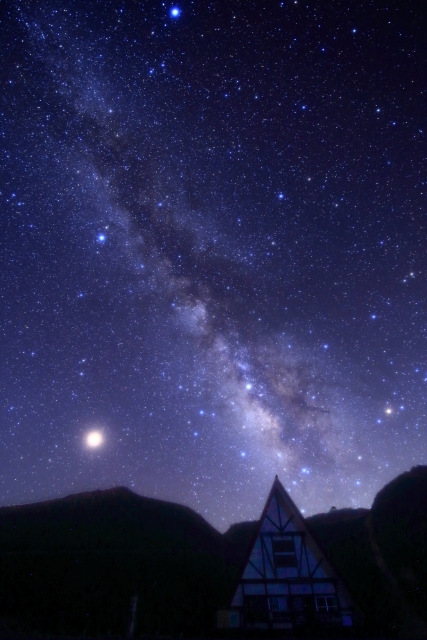
Especially recommended is the Zengoro Falls parking lot. Located about 3 minutes by car from Kyukamura, this ideal observation site has absolutely no light. The winter Milky Way is a rare sight even globally, so try visiting around the new moon.
Tips from actual visits: If you base yourself at Kyukamura Norikura Kogen, you can warm up in the hot springs before heading out to observe. It’s reassuring that you can return quickly even if it gets cold in the middle of the night.
📍 Basic Information
- Elevation: 1,200m~1,800m
- Location: Gifu-Nagano border (accessed from Toyama)
- Access: About 60 minutes from Chuo Expressway Matsumoto IC
- Parking: Available (free)
- Restrooms: Available
Japan’s Highest Starry Sky Resort | Tateyama Murodo
At 2,450m elevation! Japan’s highest tourist destination, truly “the resort closest to the stars.” Hotel Tateyama regularly holds starwatching events with instructors from the Toyama Astronomical Society.

The air is incredibly clear, and the Milky Way and shooting stars are perfectly visible to the naked eye. Around Murodo Terminal, there are almost no obstructions to the view, and you can enjoy a 360-degree panoramic starry sky.
Note: You need to use the Tateyama Kurobe Alpine Route, so camping cars cannot access directly. You’ll need to park at the base and transfer via cable car and bus. But the starry sky that awaits is worth it.
📍 Basic Information
- Elevation: 2,450m
- Location: Tateyama Town, Toyama Prefecture
- Access: Tateyama Kurobe Alpine Route
- Accommodation: Hotel Tateyama and others
- ⚠️ Note: Open only mid-April through November
Observation Spots in Gifu Prefecture
World Heritage and Starry Sky Collaboration | Shirakawa-go
Famous as a World Heritage gassho-zukuri village, Shirakawa-go is actually suitable for stargazing too. Located in a mountainous area with little light pollution, the surrounding terrain naturally blocks city lights.
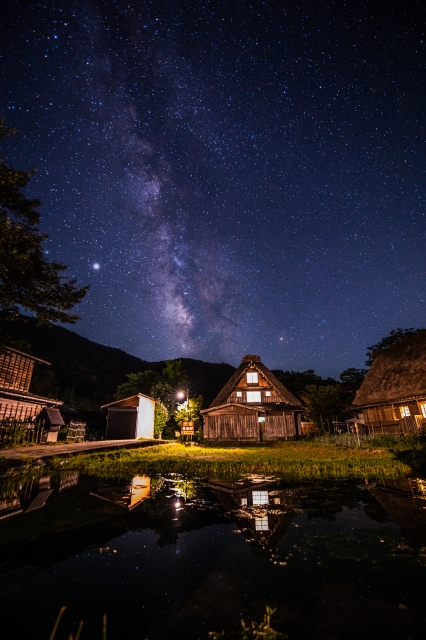
Though elevation is lower than other spots, star photography with gassho-zukuri houses silhouetted is popular. You can enjoy the luxury of sightseeing during the day and stargazing at night.
Winter precautions: This area gets heavy snow, so studless tires are essential. Carrying chains provides extra security. Be well-prepared for cold weather. Shirakawa-go at night is colder than you might imagine.
📍 Basic Information
- Elevation: Approximately 500m~600m
- Location: Shirakawa Village, Ono District, Gifu Prefecture
- Access: About 5 minutes from Tokai-Hokuriku Expressway Shirakawa-go IC
- Parking: Paid parking at each village
- ⚠️ Note: Use caution for snow and ice in winter
Specific example: Photography from the observation deck is standard, but you can also capture beautiful collaborations of stars and gassho-zukuri from roads around Ogimachi Gassho Village (low-traffic areas). However, be considerate not to obstruct private property or tourist traffic.
Starry Sky Experience from Castle Tower | Fujihashi Castle・Nishi-Mino Planetarium
Fujihashi Castle is a four-story castle tower with a unique planetarium on the top floor. You can experience a sky full of stars in a dome about 20m in diameter.

The surrounding area is in the upper reaches of the Ibi River with little nighttime light pollution. You can also observe the actual starry sky from the viewing space outside the castle, making it fun to verify constellations learned in the planetarium in the real night sky.
The Tokuyama Dam area is particularly dark and suitable for star photography.
📍 Basic Information: Fujihashi Castle・Nishi-Mino Planetarium
- Elevation: Approximately 400m
- Location: Ibigawa Town, Ibi District, Gifu Prefecture
- Hours: 9:00~17:00 (confirm planetarium showing times)
- Closed: Mondays (or following day if holiday)
- Admission: Adults 520 yen
Recommended approach: An efficient plan is planetarium and castle tour during the day, then move to the Tokuyama Dam area in the evening for stargazing.
Observation Spots in Ishikawa Prefecture
Ministry of Environment Certified Starry Sky Spot | Ishikawa Prefecture Yanagida Star Observatory “Manten-boshi”
This place is amazing! It recorded magnitude 21 in the Ministry of Environment’s “Night Sky Brightness Survey,” making it one of Japan’s top stargazing locations.

The facility has Ishikawa Prefecture’s largest 60cm aperture reflecting telescope, allowing observation of bright stars and sunspots even during the day. It also has an attached planetarium projecting 40 million stars, so you can learn about celestial bodies regardless of weather.
Astronomical observation sessions require reservations but allow you to observe seasonal constellations and planets with curator explanations. The content is accessible even for beginners.
Actual usage example: Recommended flow is planetarium preview during the day → dinner → evening astronomical observation. Understanding deepens as you can verify constellations learned in the planetarium in the actual night sky.
📍 Basic Information: Yanagida Star Observatory “Manten-boshi”
- Elevation: Approximately 200m
- Location: Noto Town, Hosu District, Ishikawa Prefecture
- Hours: 9:30~17:00
- Astronomical Observation: 20:00~ (April-October), 19:00~ (November-March)
- Closed: Wednesdays and Thursdays
- Admission: Planetarium adults 550 yen, Astronomical observation adults 330 yen (reservation required)
Observation Spots in Fukui Prefecture
Highland Adjacent to Nature Conservation Center | Rokuroshi Highlands
Rokuroshi Highlands, where the Fukui Nature Conservation Center is adjacent, is an observation site within Okuetsu Highlands Prefectural Natural Park. At 600m elevation on the highlands with no major light sources nearby, good starry sky conditions are maintained.
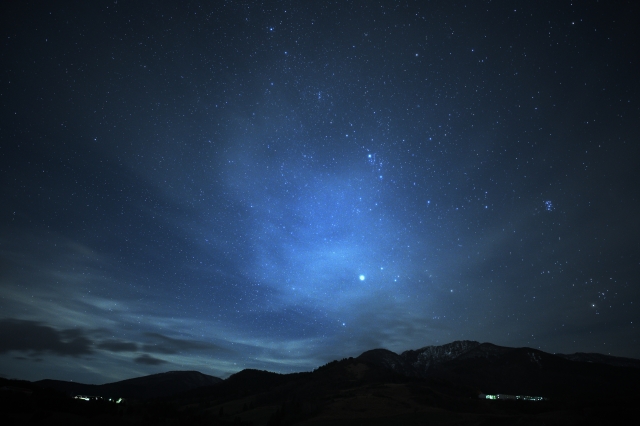
Nature observation forests and campgrounds are also developed, allowing you to enjoy nature from daytime while preparing for nighttime observation. With a camping car, you can use the campground and enjoy all day.
📍 Basic Information
- Elevation: Approximately 600m
- Location: Ono City, Fukui Prefecture
- Access: About 30 minutes from Chubu Jukan Expressway Ono IC
- Parking: Available (free)
- ⚠️ Note: Winter closure period exists
Precaution: Roads may be closed in winter due to snow, so check in advance via the Fukui Nature Conservation Center’s website or phone.
Observation Spots in Aichi Prefecture
Aichi’s Closest Place to the Stars | Chausuyama Highlands
A highland area centered on Mt. Chausu (elevation 1,415m), Aichi Prefecture’s highest peak, known as “Aichi’s closest place to the stars.”
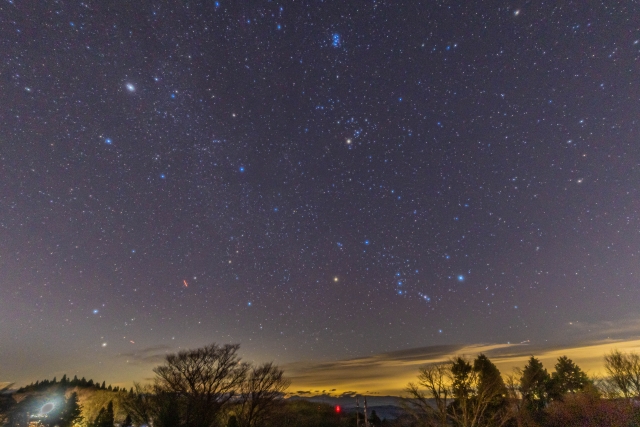
Monthly stargazing sessions “Tenkuu” offer curator explanations by Okumikawa star guides and telescope observations. Parking lot 4 is open 24 hours with restrooms, allowing free stargazing.
In an environment where stars up to magnitude 6 are visible to the naked eye, the Milky Way is clearly visible too.
Actual usage example: If you base at Kyukamura Chausuyama Kogen, you can enjoy hot springs, meals, and observation all together. In winter, it also operates as a ski resort, so you can ski during the day and stargaze at night. However, use caution for road snow and ice in winter.
📍 Basic Information
- Elevation: 1,415m
- Location: Toyone Village, Kitashitara District, Aichi Prefecture
- Access: About 90 minutes from Shin-Tomei Shinshiro IC, about 70 minutes from San-en-nanshin Road Horaikkyo IC
- Parking: Parking lot 4 open 24 hours
- Accommodation: Kyukamura Chausuyama Kogen
Observation Spots in Mie Prefecture
Spectacular Starry Sky at Kii Peninsula’s Highest Peak | Odaigahara
Odaigahara is located at the highest peak of the Kii Peninsula and is known as one of Japan’s rainiest areas. But on clear days, the starry sky is truly spectacular.
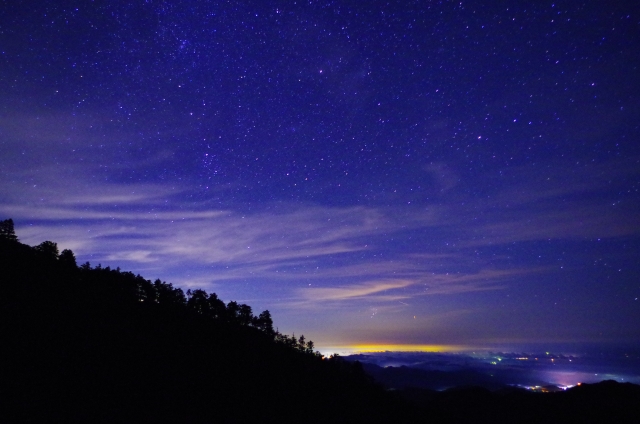
At 1,600m elevation, the air is very clear, receiving almost no light pollution. Viewing spots are within walking distance from the driveway terminus parking lot, allowing you to enjoy a 360-degree starry sky.
Precaution: Temperatures drop significantly at night. With approximately 0.6℃ decrease per 100m elevation, at 1,600m it’s about 10℃ cooler than ground level. Even in midsummer, nights are cold, so thorough cold-weather preparation is essential.
📍 Basic Information
- Elevation: Approximately 1,600m
- Location: Odai Town, Taki District, Mie Prefecture
- Access: About 60 minutes from Kisei Expressway Odai-Omiya IC
- Parking: Available (free)
- ⚠️ Note: Winter closure, use caution for nighttime temperature drops
Autumn Pampas Grass and Starry Sky Collaboration | Soni Highlands
Soni Highlands is famous as an autumn pampas grass viewing spot but also has excellent stargazing conditions. The gently rolling highland terrain provides open views, allowing observation of stars even near the horizon.
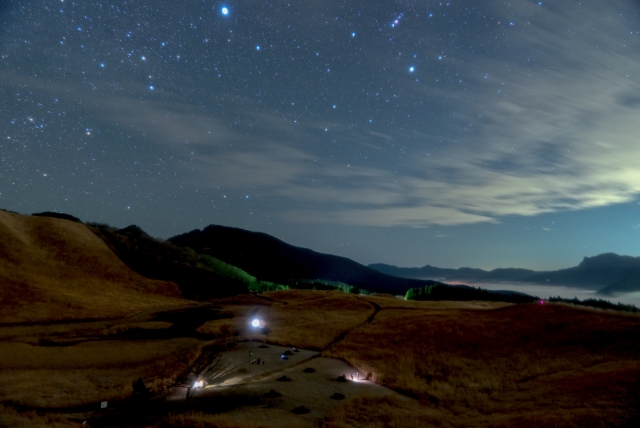
With no large settlements nearby, light pollution is minimal and the Milky Way is visible to the naked eye. The good accessibility of immediate observation from the parking lot is also attractive.
Recommended season: Late September through November pampas grass season is especially recommended. You can enjoy the luxury of a pampas grass carpet during the day and stargazing at night.
📍 Basic Information
- Elevation: Approximately 700m~800m
- Location: Soni Village, Nabari City, Mie Prefecture
- Access: About 40 minutes from Meihan National Highway Hari IC
- Parking: Available (paid: approximately 500 yen)
- Restrooms: Available
Windmill and Starry Sky Collaboration Photography | Aoyama Highlands
Aoyama Highlands is a highland with rows of wind power generation windmills, located at approximately 800m elevation. While not completely dark due to windmill lights, the open views make it suitable for stargazing.
Star photography with windmills in the foreground is especially popular, allowing unique compositions. Multiple parking spaces make access by camping car relatively easy.
Photography tip: The windmill lights blink red, which you can utilize in photos. Long exposure shots create fantastic images where star trails overlap with windmill light trails.
📍 Basic Information
- Elevation: Approximately 800m
- Location: Iga City, Mie Prefecture
- Access: About 40 minutes from Ise Expressway Hisai IC
- Parking: Multiple locations (free)
- ⚠️ Note: Windmill lighting present
✨ Tokai-Hokuriku Stargazing Frequently Asked Questions
Summary
The Tokai and Hokuriku regions have many astronomical observation spots, each with unique characteristics. From Tateyama Murodo at 2,450m elevation to Yanagida Star Observatory at 200m, both altitude and environment are truly diverse.
2026 is blessed with two major events: the total lunar eclipse and Geminid meteor shower. Understanding each spot’s characteristics and creating observation plans considering weather and lunar phase should provide unforgettable starry sky experiences.
Take advantage of your camping car’s mobility to visit multiple spots and enjoy the diverse starry skies of Tokai and Hokuriku. Moments feeling the grandeur of the universe under clear night skies will surely become special memories.
Final advice: For first-time locations, I recommend doing a daytime scouting visit first. Checking parking locations, restroom positions, and surrounding terrain makes nighttime movement smooth. And above all, prioritize safety and enjoy stargazing!
I hope this article helps with planning your starry sky journey. May you encounter wonderful starry skies!



